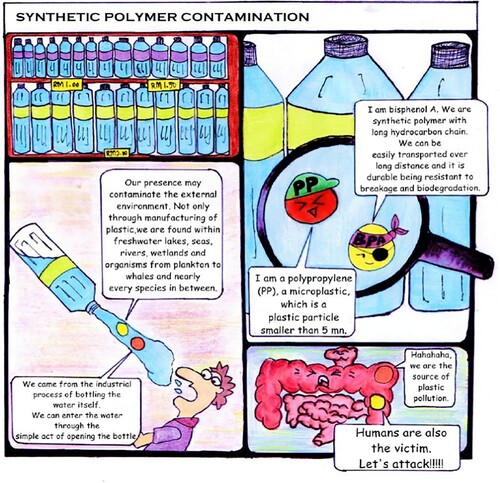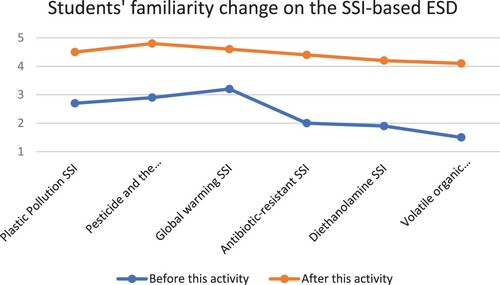Figures & data
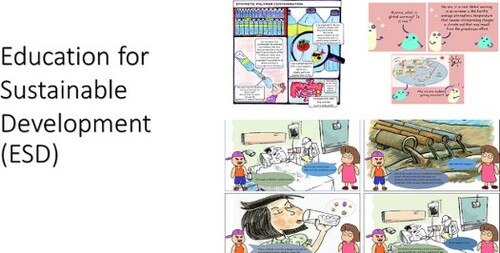
Table 1. Participants of the study.
Table 2. Research process in this activity.
Table 3. Topics of interest chosen by students.
Figure 2. Example of student concept cartoon on pesticide (carbamate) and the environment SSI (adapted with permission).

Figure 3. Example of student concept cartoon on the global warming caused by the CFC (adapted with permission).
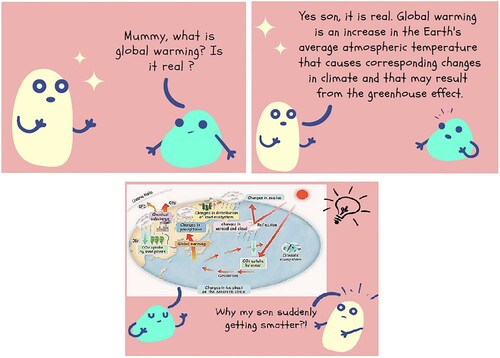
Figure 4. Example of student concept cartoon on the antibiotic-resistant SSI (adapted with permission).
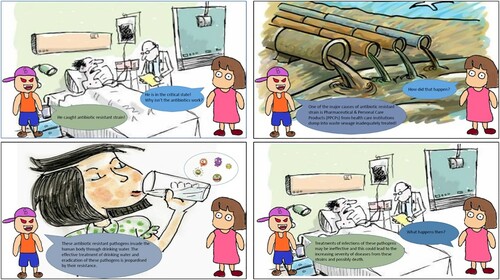
Figure 5. Example of student concept cartoon on the volatile organic compound SSI (adapted with permission).

Table 4. Representative quotes of students’ understanding about the organic chemical-based SSI as shown in their reflective essays.
Table 5. Students' awareness change on the SSI-based ESD as shown in the 5-point Likert scale* survey form.
Table 6. Students’ response on the implemented activity for semester II 2018/2019 and semester I 2019/2020 (N = 41).

